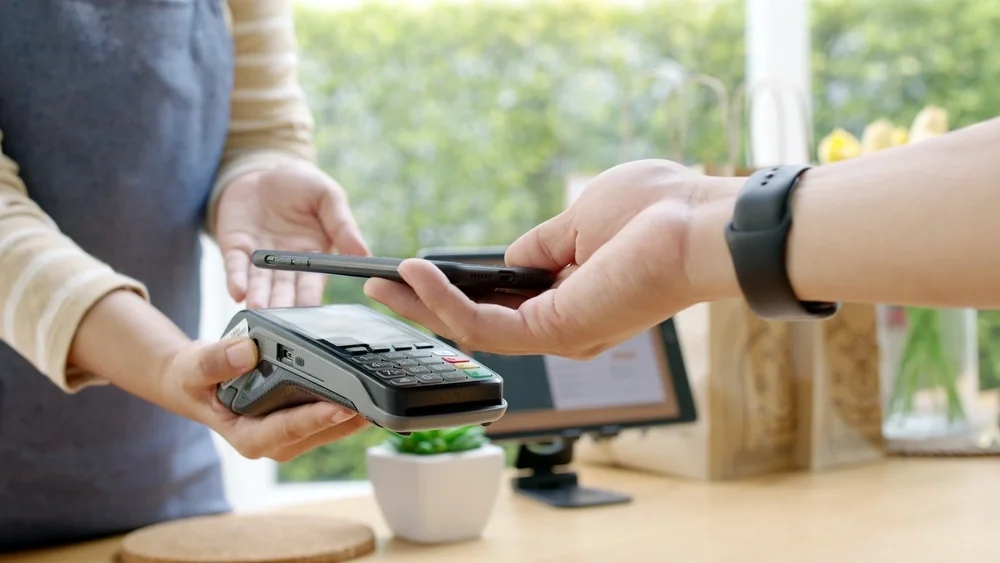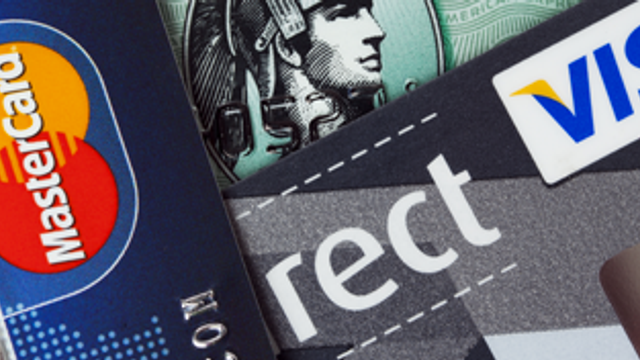When shopping online or making a payment over the phone, some retailers may ask for your credit card number.
But what is this number – and what are all the other numbers on your card?
How long is a credit card number?
When people talk about your ‘credit card number’, they usually mean the long number printed across the front of your card. This is typically 16 digits long, but it can be up to 19 digits, depending on the card provider.
The number is unique to you and is created using a mathematical formula known as the Luhn algorithm, which helps ensure the number is valid. It’s designed to help prevent errors and fraud.
How to tell credit card type by first 4 digits
The first few digits of your credit card number can tell you what type of card you have. These are known as the Issuer Identification Number (IIN) or Bank Identification Number (BIN) – usually the first 6 digits of your card number.
But you can often tell the card type just by looking at the first digit or first 4 digits:
- Visa cards start with 4
- Mastercard cards usually start with 51–55 or 2221–2720
- American Express cards start with 34 or 37
These digits help identify the network and issuing bank, even before the rest of the card number is processed. While the full IIN goes beyond the first 4 digits, they’re often enough to identify the card type.
Does your credit card number change when you get a new one?
It depends on why you're getting a new card:
- If your card is lost, stolen, or compromised: Your card number will change to prevent fraud.
- If your card is expiring and you're receiving a replacement: Your card number usually stays the same, but the expiry date and CVV (security code) will change.
- If you're upgrading or downgrading your card: A new number may be issued, depending on the provider.
You can check with your card issuer to confirm what will happen in your specific case.
Do credit cards have sort codes?
No, credit cards do not have sort codes. Sort codes are used for identifying banks and branches in the UK’s banking system, mainly for bank accounts. Instead, credit cards use a built-in identifier to show which bank issued the card.
What are the other numbers on my credit card?
Aside from your 16-digit credit card number, you’ll find other important numbers on your card:
💳 Expiry date – This shows when your card will no longer be valid.
💳 CVV (Card Verification Value) – A 3-digit number on the back (or 4 digits on the front for Amex), used for security when making online or phone purchases.
💳 Issue number (sometimes found on older cards) – Previously used by some banks to track reissued cards, but it's less common now.
Each of these numbers plays a role in keeping your card secure and ensuring transactions are processed correctly.
Valid from/expires end
It is also common for some credit cards to have a valid from/expires on date printed on the cards.
The valid from date is the month and year you opened your credit card, for example 02/23 for February 2023. Typically, a credit card is issued for two to five years and then renewed. In this case the expiry date would be 03/25– one month is added on to the end date to allow time to renew.
If your card has been renewed or replaced, your new card will have an amended start date, changed to the renewed date, i.e. 03/25 for March 2025. This is two to five years after you first took out the credit card and with a new end date of 04/27.
Card Verification Value number
Retailers sometimes ask for the CVV number on your credit card when paying for items over the phone or online. This can also be referred to as CVV2.
CVV stands for ‘Card Verification Value’ and it is a security feature to reduce fraud.
Never share your CVV with anyone unless you’re making a trusted payment, as fraudsters can use it to make unauthorised purchases.
Issue number
There are some card providers that place an issue number on their cards.
An issue number refers to the number of cards that have been issued to the card holder. For example, if you renew your card after it expires, the original card will have the number 1 as the issue number, and the newly renewed card will have number 2 as the issue number. This will also happen if you lose your card and request a new one.
We hope this has cleared up the mystery of what all those numbers on your credit card mean.
Disclaimer: We make every effort to ensure content is correct when published. Information on this website doesn't constitute financial advice, and we aren't responsible for the content of any external sites.
Fiona is a personal finance writer with over 7 years’ experience writing for a broad range of industries before joining Ocean in 2021. She uses her wealth of experience to turn the overwhelming aspects of finance into articles that are easy to understand.
![Email icon]()
Become a money maestro!
Sign up for tips on how to improve your credit score, offers and deals to help you save money, exclusive competitions and exciting products!
Find this useful? Share it with others!









